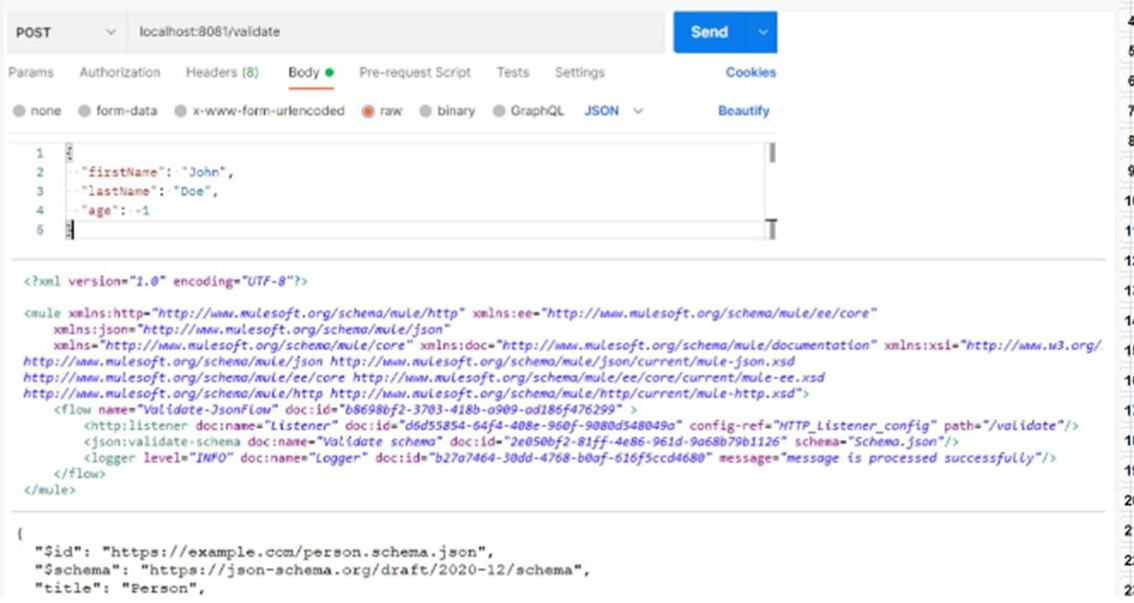Master Salesforce MuleSoft Developer II Exam with Reliable Practice Questions
Which properties are mandatory on the HTTP Connector configuration in order to use the OAuth 2.0 Authorization Code grant type for authentication?
Start a Discussions
Refer to the exhibit.

Based on the code snippet, schema,json file, and payload below, what is the outcome of the given code snippet when a request is sent with the payload?
Start a Discussions
When registering a client application with an existing API instance or API Group instance, what is required to manually approve or reject request access?
Start a Discussions
A Mule application deployed to a standardalone Mule runtime uses VM queues to publish messages to be consumed asynchronously by another flow.
In the case of a system failure, what will happen to in-flight messages in the VM queues that have been consumed?
Start a Discussions
A company has been using CI/CD. Its developers use Maven to handle build and deployment activities.
What is the correct sequence of activities that takes place during the Maven build and deployment?
Start a Discussions